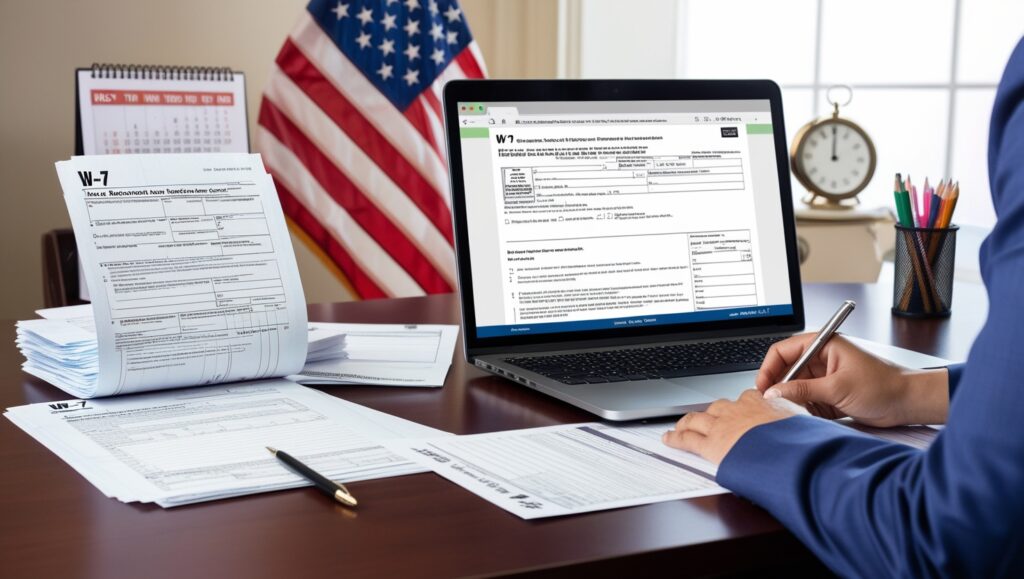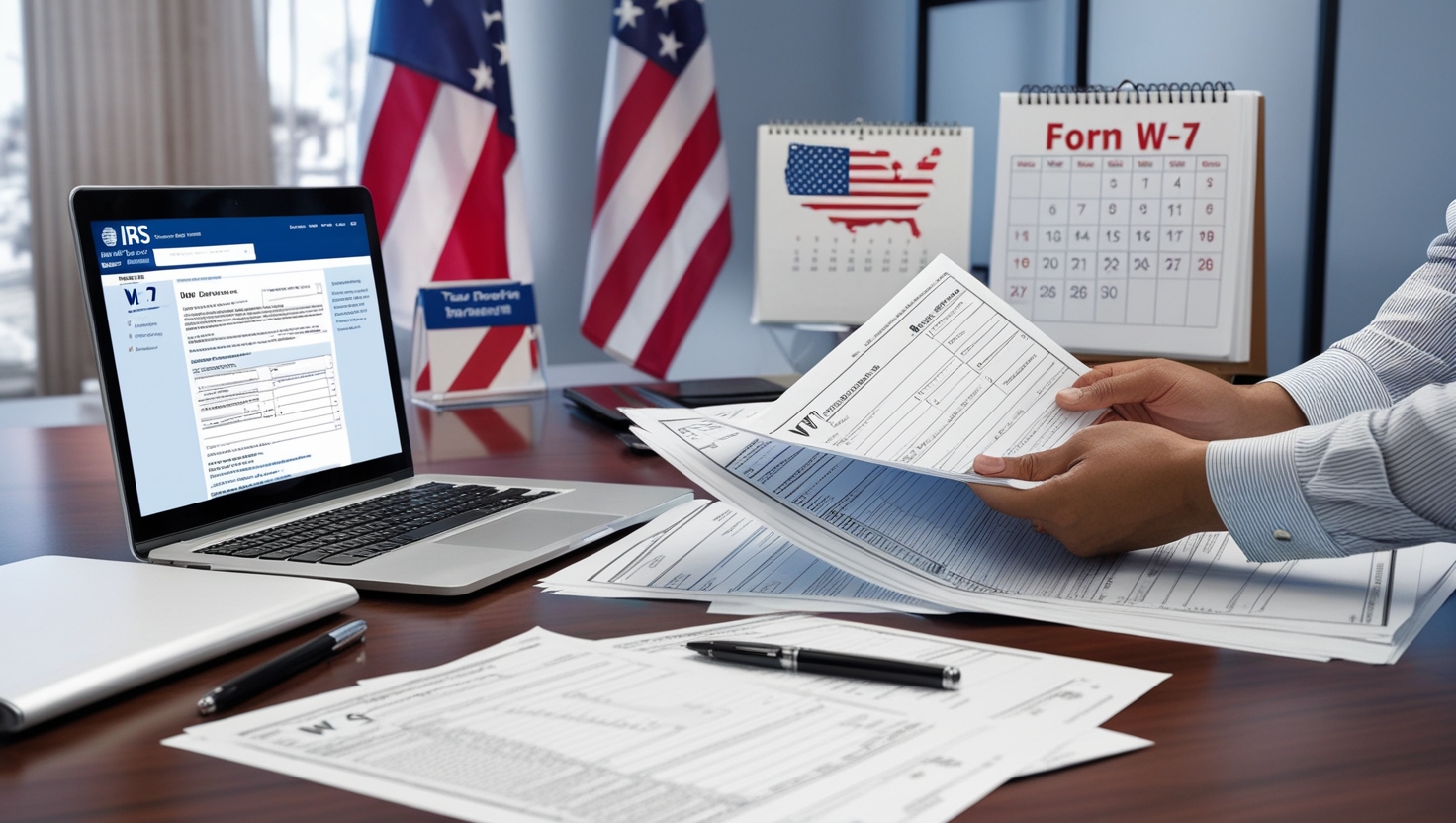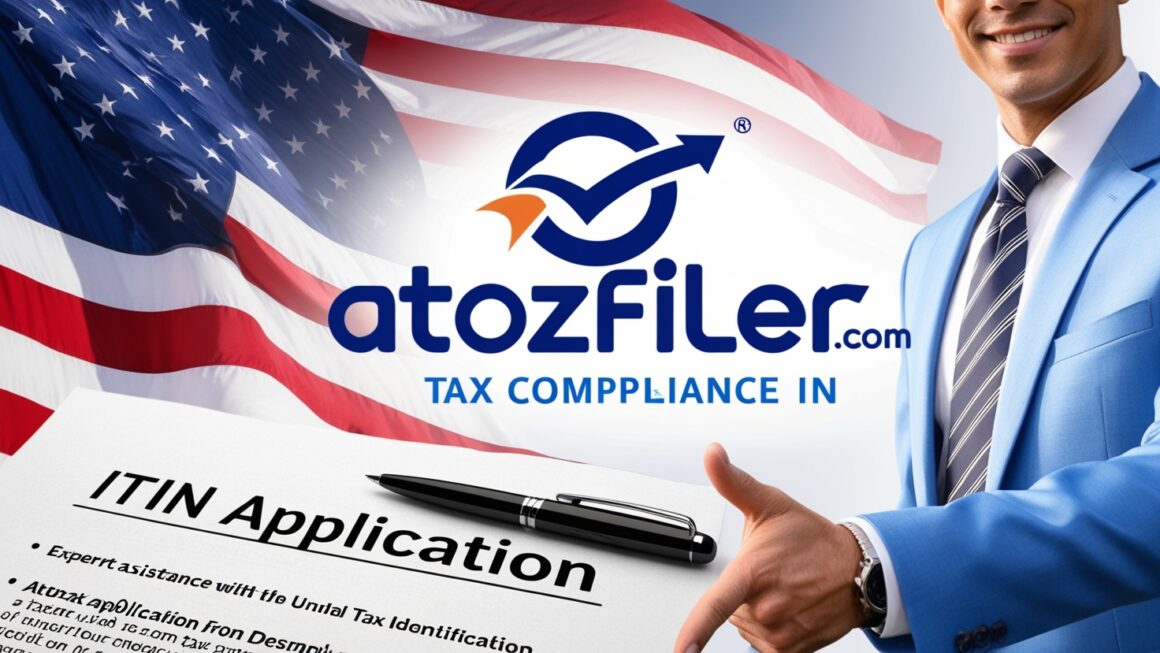An Individual Taxpayer Identification Number (ITIN) is essential for individuals who need to file taxes in the United States but do not qualify for a Social Security Number (SSN). Whether you are a non-resident, foreign investor, or dependent, obtaining an ITIN is crucial for compliance with U.S. tax laws. However, many applicants face delays and rejections due to common errors in their applications.
In this comprehensive guide, we will walk you through the ITIN filing process, highlight common mistakes that lead to rejection, and provide expert tips on how to avoid delays.
What Is an ITIN and Who Needs It?
An ITIN is a nine-digit number issued by the Internal Revenue Service (IRS) to individuals who are required to have a U.S. taxpayer identification number but are not eligible for an SSN. ITINs are used exclusively for tax filing purposes.
Who Needs an ITIN?
- Non-resident aliens required to file a U.S. tax return
- U.S. resident aliens (based on days of presence in the U.S.) filing a tax return
- Dependents or spouses of U.S. citizens or resident aliens
- Dependents or spouses of non-resident alien visa holders
- Foreign investors in U.S. businesses and real estate
Common Reasons for ITIN Application Rejection
Many ITIN applications are delayed or rejected due to mistakes in the application process. Here are the most common reasons for rejection:
1. Incorrect or Incomplete Form W-7
Filling out Form W-7 incorrectly or leaving out important sections can lead to delays. Make sure all fields are completed accurately.
2. Missing Supporting Documents
Applicants must submit identity and foreign status documents, such as a valid passport or national identification card. If these documents are missing or expired, the application may be rejected.
3. Failure to Include a Tax Return
Most ITIN applications require an accompanying federal tax return unless the applicant qualifies for an exemption.
4. Incorrect Mailing Address
Providing an incorrect mailing address can result in lost or delayed responses from the IRS.
5. Using an Expired ITIN
ITINs expire if not used for tax filing in three consecutive years. If an expired ITIN is used, the application may be delayed.
6. Submitting Photocopies Instead of Original Documents
The IRS requires original documents or certified copies from the issuing agency. Photocopies are not accepted.
Steps to Ensure a Smooth ITIN Application Process

To avoid rejection and delays, follow these steps when applying for an ITIN:
1. Complete Form W-7 Accurately
- Download the latest version of Form W-7 from the IRS website.
- Carefully review the instructions and complete all required fields.
- Sign and date the form.
2. Gather the Necessary Documents
- Valid passport (preferred) or two other forms of identification.
- If applying for dependents, include additional supporting documents such as a birth certificate.
3. Attach a Federal Tax Return
Unless you qualify for an exception, attach a tax return (Form 1040, 1040-NR, etc.) to your application.
4. Submit Your Application Correctly
You can submit your ITIN application through one of the following methods:
- By Mail: Send your application and documents to the IRS ITIN Operations Center.
- Through an IRS Certified Acceptance Agent (CAA): CAAs can verify documents and help with the application process.
- At an IRS Taxpayer Assistance Center (TAC): In-person submission at an IRS office.
Benefits of Using a Professional ITIN Filing Service
Applying for an ITIN on your own can be overwhelming. Using a professional ITIN filing service can help streamline the process and reduce the risk of rejection.
1. Expert Guidance
Professionals understand IRS requirements and ensure that all forms and documents are correctly prepared.
2. Faster Processing
Professionals help avoid errors that could cause delays, ensuring your application is processed as quickly as possible.
3. Secure Document Handling
Avoid the risk of losing important documents by working with professionals who handle submissions securely.
4. IRS Acceptance Agents (CAA) Assistance
Certified Acceptance Agents (CAA) can verify your documents, eliminating the need to send original passports or IDs to the IRS.
Frequently Asked Questions (FAQs)
1. How Long Does It Take to Get an ITIN?
The IRS typically takes 6-8 weeks to process an ITIN application, but errors can cause delays.
2. Can I File Taxes Without an ITIN?
No, you need an ITIN to file taxes if you do not qualify for an SSN.
3. Do ITINs Expire?
Yes, ITINs expire if they are not used for three consecutive years.
4. Can I Renew an Expired ITIN?
Yes, you can renew an ITIN by submitting a completed Form W-7 along with the necessary documents.
5. What Happens If My ITIN Application Is Rejected?
If your application is rejected, you will receive a notice from the IRS explaining the reason. You can correct the issues and resubmit the application.
Conclusion
Obtaining an ITIN is essential for individuals who need to comply with U.S. tax laws but do not qualify for an SSN. However, many applicants face rejections and delays due to avoidable errors. By following the correct procedures and using a professional ITIN filing service, you can ensure a smooth application process and avoid unnecessary complications.
If you need assistance with ITIN filing, our professional service at AtoZFiler.com is here to help. Contact us today to get started and avoid delays or rejections!




14 thoughts on “Professional ITIN Filing – Avoid Delays & Rejections”
Comments are closed.